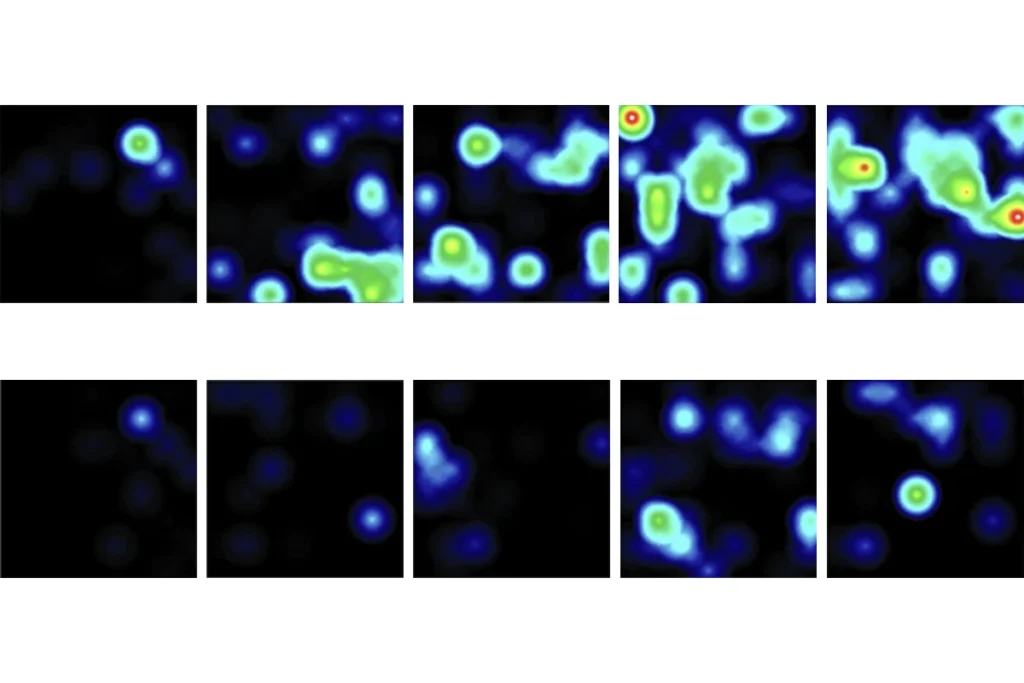- A neurodevelopmental condition arising from TAOK2 gene variants shares some characteristics—including autism traits—with that arising from TAOK1 variants, but there are differences as well. Genetics in Medicine
- Functional connectivity between the middle frontal gyrus of the frontoparietal network and posterior cingulate cortex of the default mode network appears to correlate with the severity of autism traits, according to a preprint. medRxiv
- A relatively new screening tool called the Autism Symptom Dimensions Questionnaire (ASDQ) has good reliability and validity and can detect changes with interventions, according to a psychometric analysis. Spectrum covered an earlier study of the screen in 2023. Developmental Medicine & Child Neurology
- The altered cortical thicknesses and surface areas observed in autistic people’s brains are highly variable, but general patterns emerge when viewed by trait domains such as social difficulties, stereotyped behaviors and sensory-processing issues. Biological Psychiatry: Cognitive Neuroscience and Neuroimaging
- Autism affects an estimated 61.8 million people around the world, accounts for 11.5 million disability-adjusted life years and is one of the top 10 causes of nonfatal health burden in people younger than 20, according to the Global Burden of Disease study group. The Lancet Psychiatry
Functional connectivity; ASDQ screen; health burden of autism
Here is a roundup of autism-related news and research spotted around the web for the week of 6 January.
By
Jill Adams
7 January 2025 | 2 min read
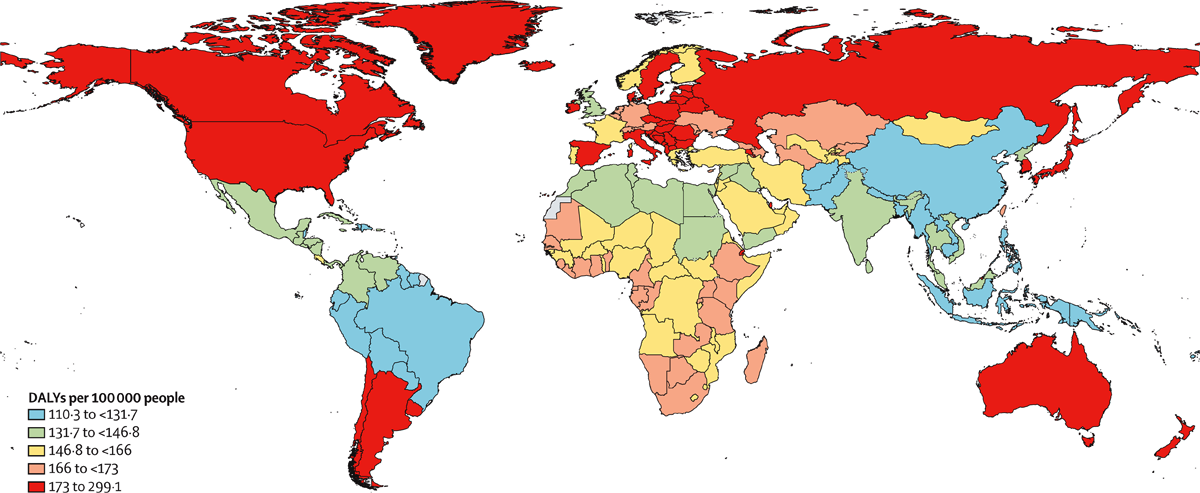
Heavy weight: The Global Burden of Disease study measures the impact of autism across the world, estimating the disability-adjusted life years by nation.
- People with MECP2 duplication syndrome, also known as MRXSL, have a range of phenotypes and clinical traits, which appear to be linked to MECP2 dosage and specific DNA rearrangements. Genome Medicine
- Deletions in exons of the NRXN1 gene increase the likelihood of having autism or attention-deficit/hyperactivity disorder, but not schizophrenia or depression. npj Genomic Medicine
- People with ARID1B-related disorder, which is linked to intellectual disability, vary widely in their capacity for living independently, and their medical needs change with age. Genetics in Medicine Open
tags:
Recommended reading

Dosage of X or Y chromosome relates to distinct outcomes; and more
By
Daisy Yuhas
24 June 2025 | 2 min read
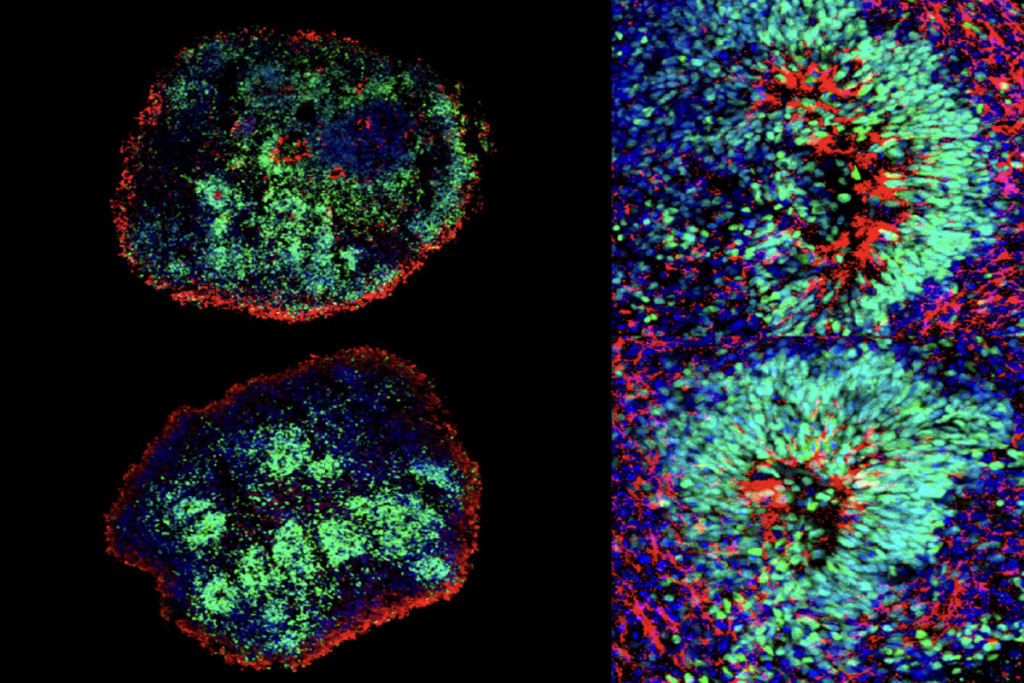
Altered visual processing in a mouse model of fragile X syndrome; and more
By
Jill Adams
17 June 2025 | 2 min read
Explore more from The Transmitter
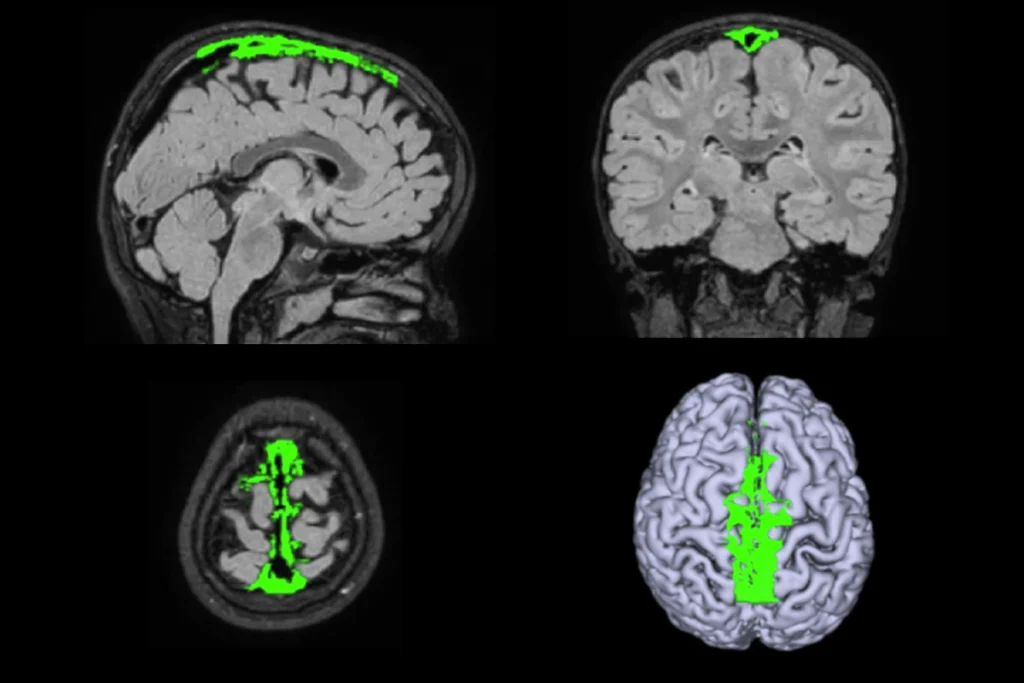
Okur-Chung neurodevelopmental syndrome; excess CSF; autistic girls
By
Jill Adams
22 October 2024 | 2 min read
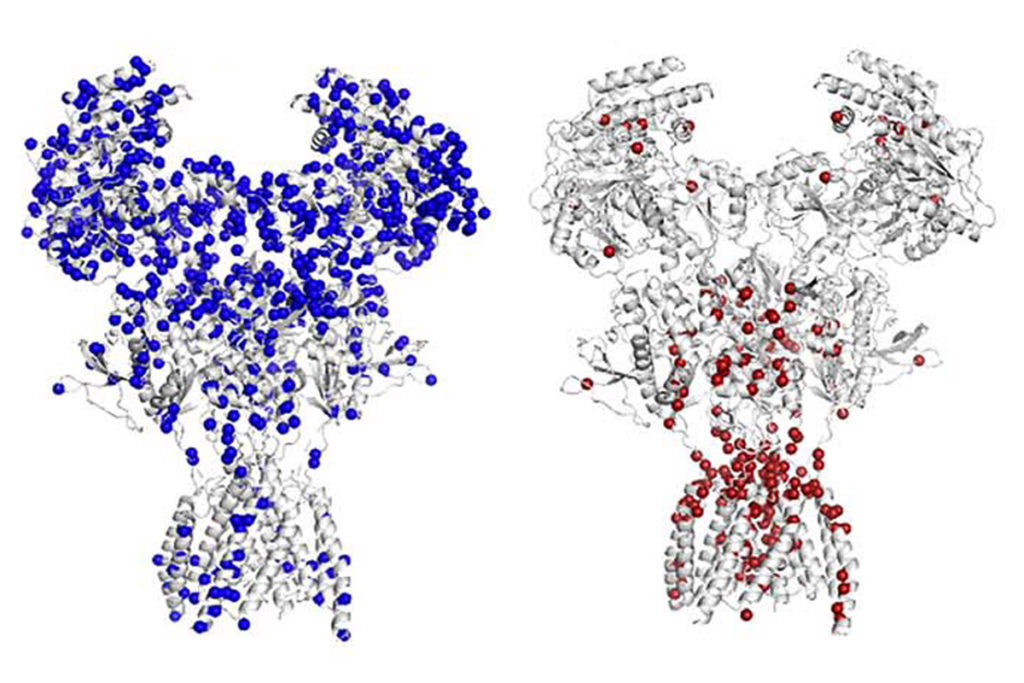
Emotional dysregulation; NMDA receptor variation; frank autism
By
Jill Adams
26 November 2024 | 1 min read
Cite this article:

